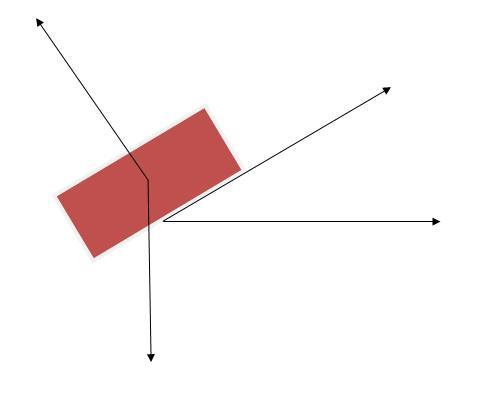 1
1Work done by frictional force ...
can't we find the force on the box and the work that must have been done on it if there was no friction ( v and t are given ) and then the frictional work = work done by it if it had moved ?
mg is force downwards, and mgsin @ is the force in the dir of the plane.
The dist that must have been moved = vt
and in the dir of plane = vtsin @.
W.D = (vtsin @ ) (mgsin @) which gives the answer ...
 62
62No varun. I am afraid not!
Then u could argue the same for pushing a wall.
if there was no friction between the wall and the ground it would have moved.. now bcos there is friction, work done will be same?!
 1
1The work done 'on' the box = 0, i.e. the net force is 0.
The work done by 'frictional force' is mgvtsin2@
The work done by other forces acting on it is -mgvtsin2@
Therefore the net result cancels out
 62
62No dear i dont buy this logic! :)
There is something that we are missing in this question!
Wchich box are u talking about.
 1
1Lol not box, the block of mass m :P
 62
62Why is the work on the block of mass zero!! it is moving up with the elevator.
 1
1I meant relative to the elevator ... I was looking only at it as a system ( excluding the elevator ) moving up uniformly with vel. v for time t
 62
62Dude.. sorry i made a big big big big big big big big mistake :((
i have made too many of them.. but i guess there u are right..
We have to take friciton in the upward direction and the displacemnt in the same direction..
i will post the solutin right now :)
Thanks buddy :)
BTW i still dont buy ur argument that the displacemtn because there is work done on the mass :)
 62
62In the diagram above
we first use
N=mgcosθ
also F-mgsinθ = 0
frictional force F=mgsinθ
F.ds= f.vt=fvtsinθ= mgsinθ.vt.sinθ = mgvtsin2θ
